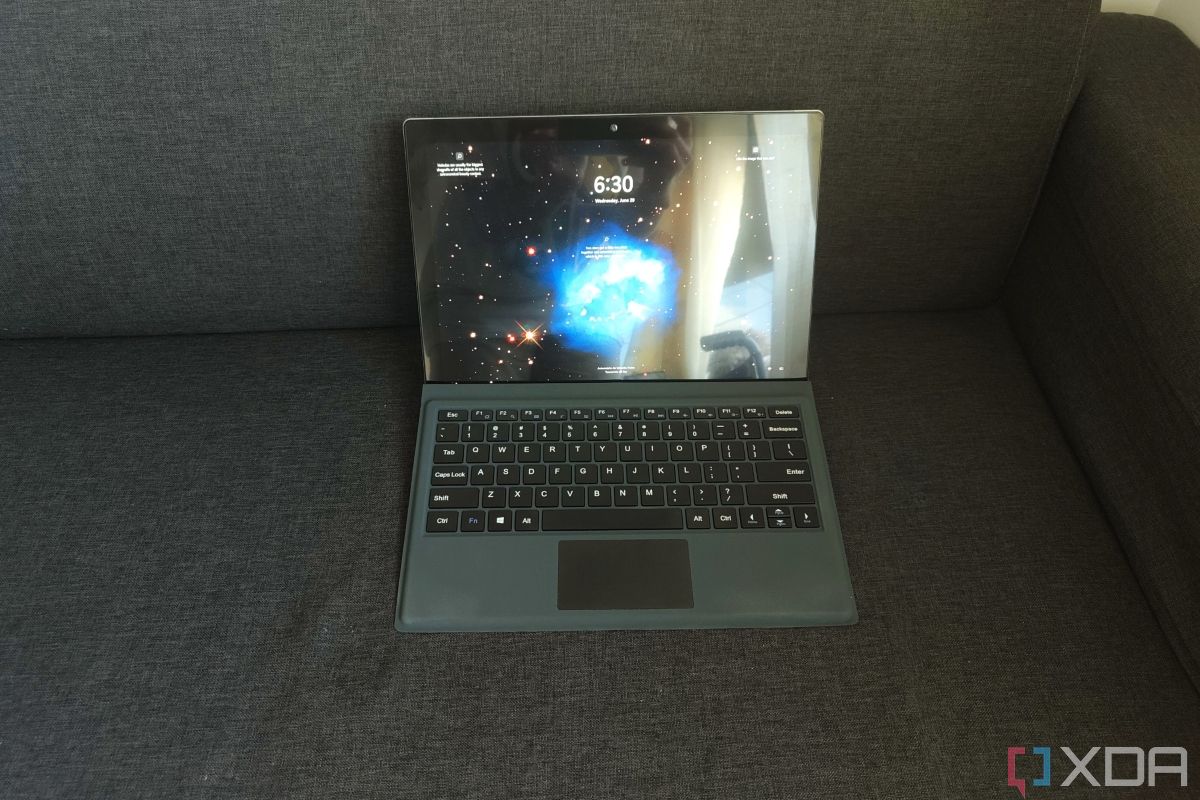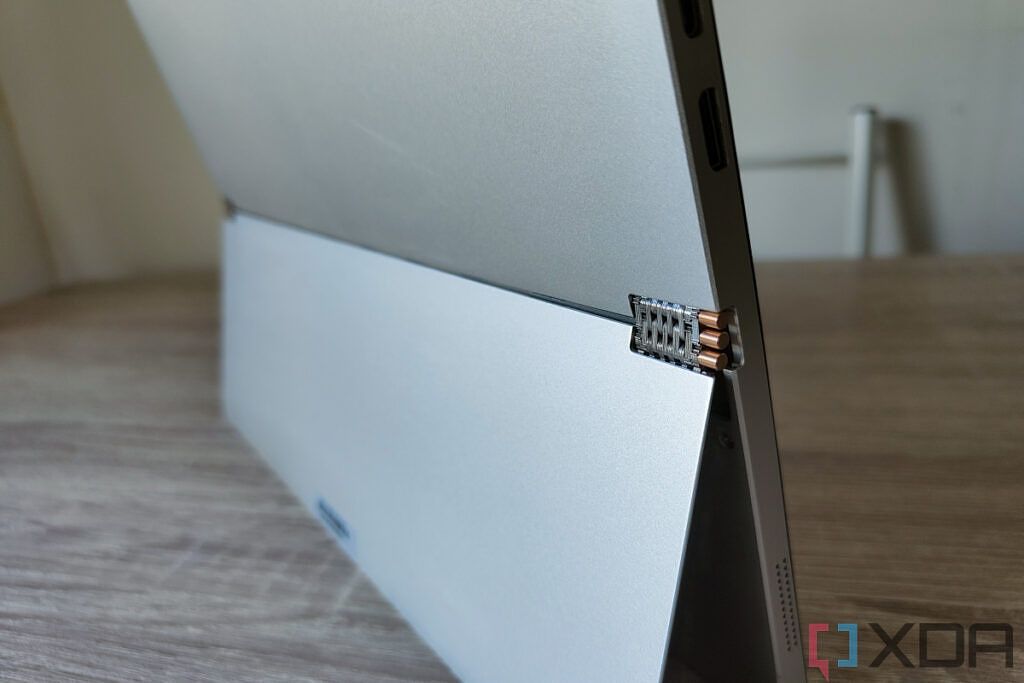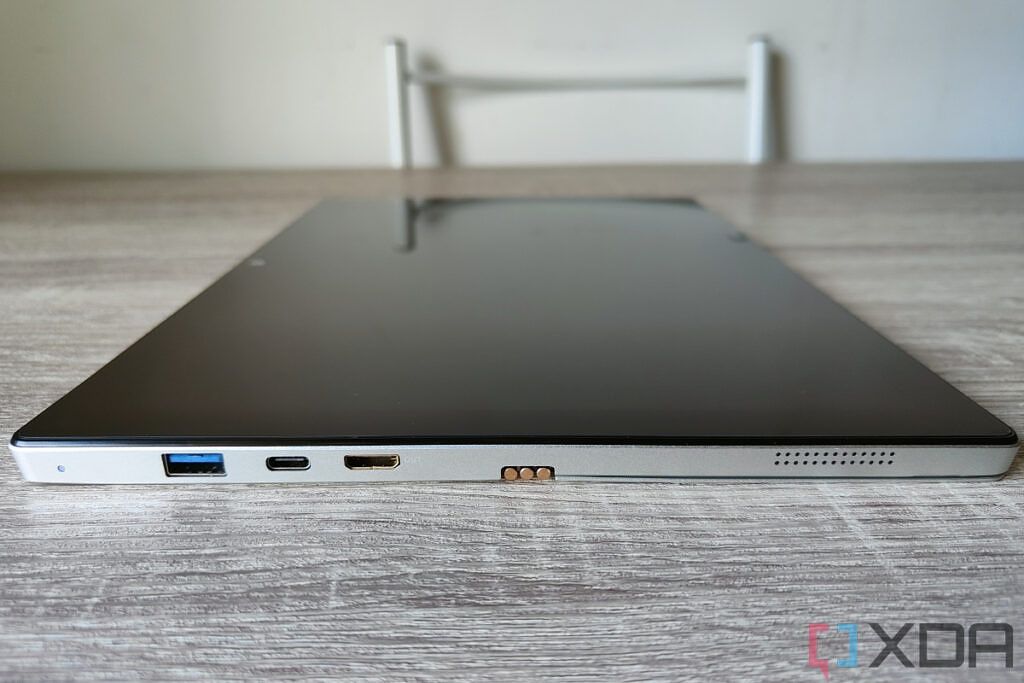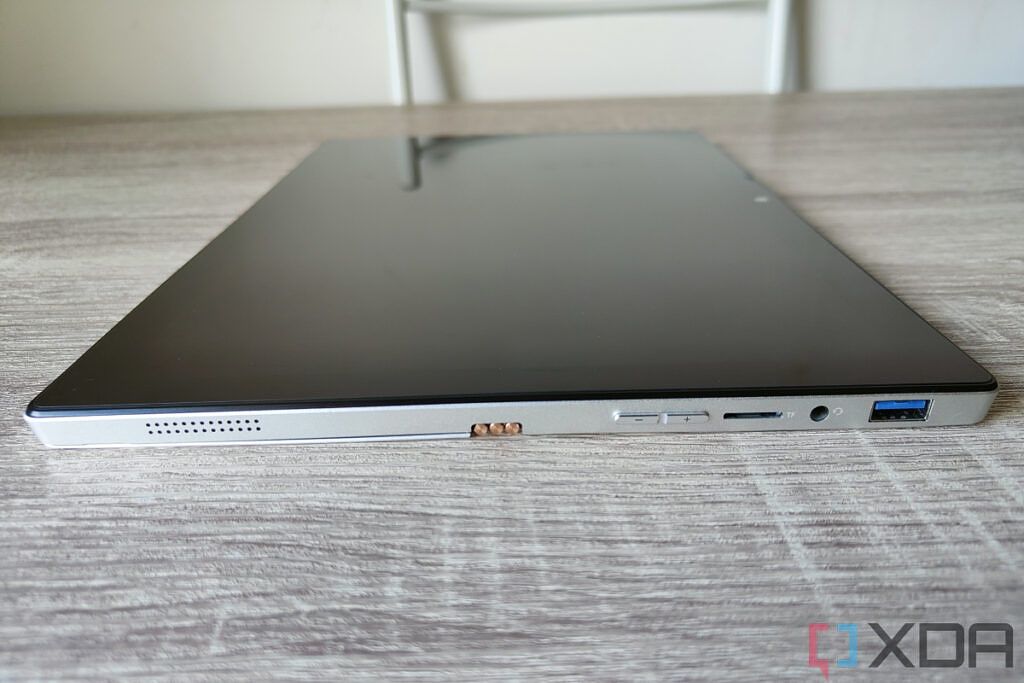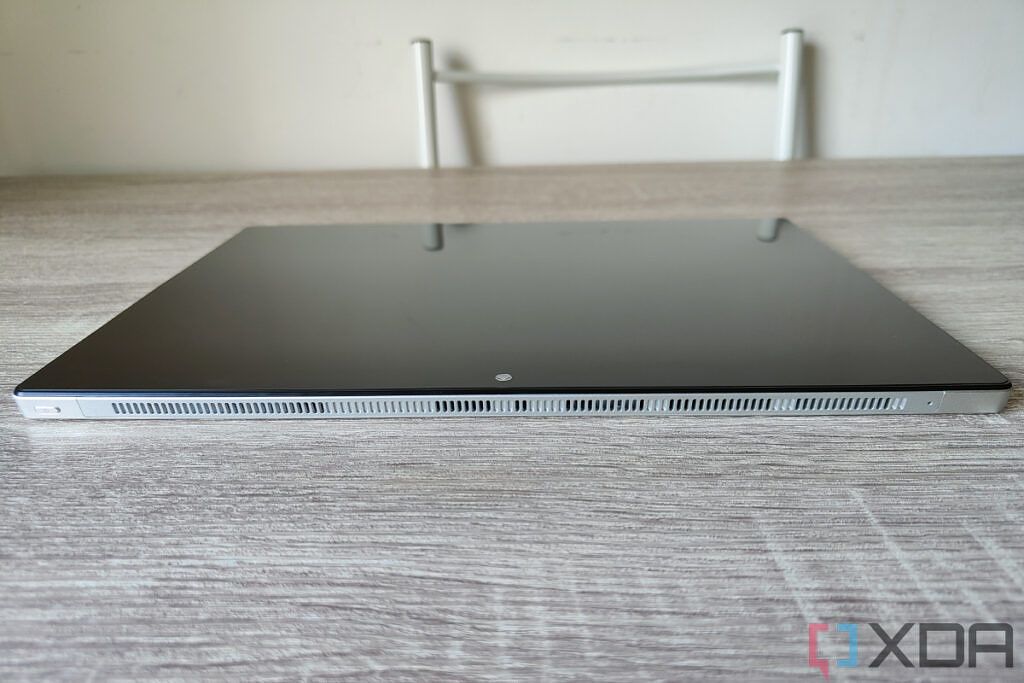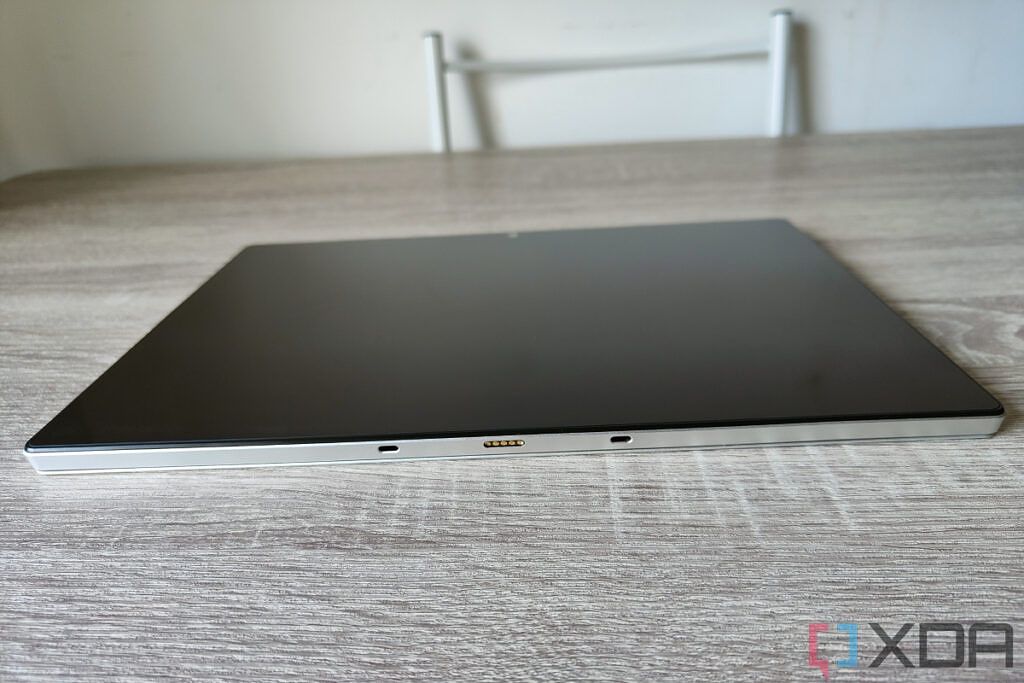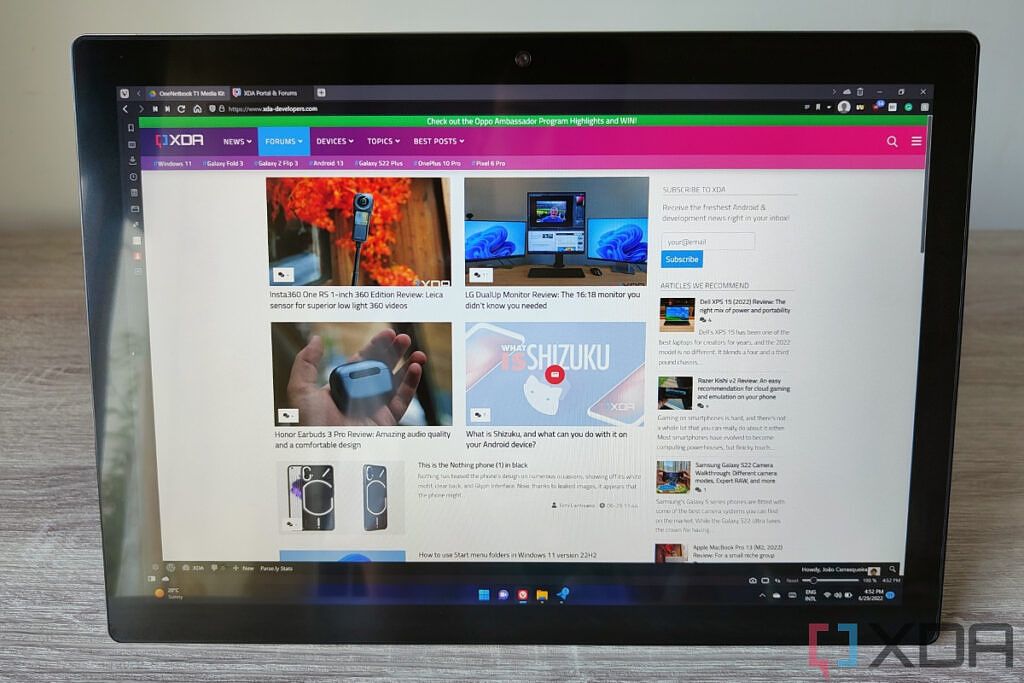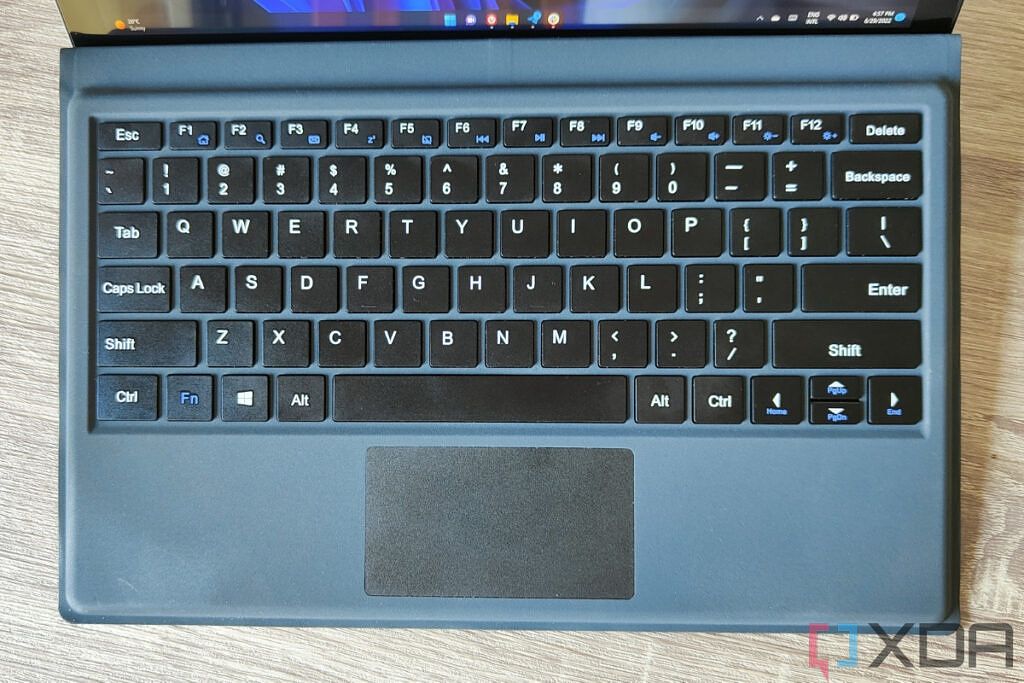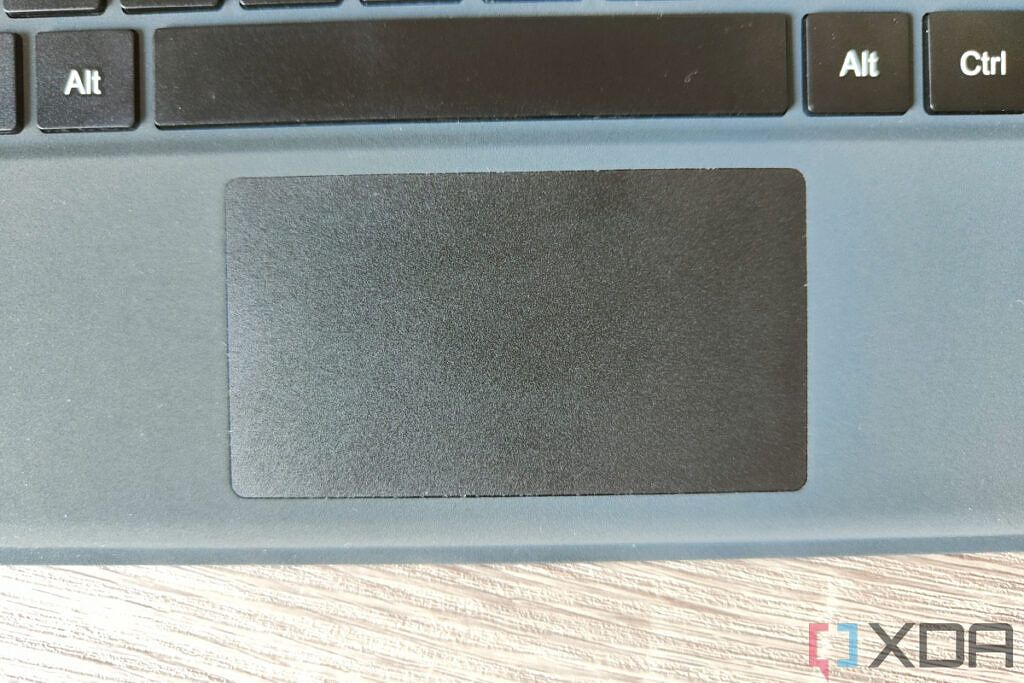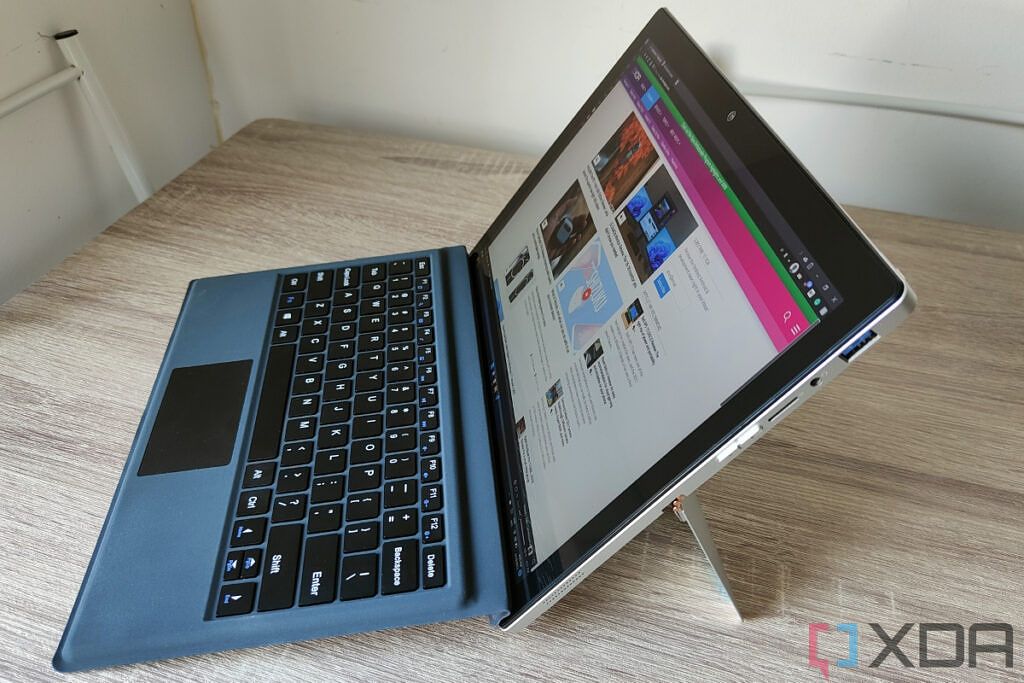The Windows 11 tablet market isn't exactly crowded, and most of the options that do exist are either budget entry-level options or premium flagships like the Surface Pro 8. One-Netbook, the company behind the One Xplayer Mini we reviewed a few months ago, wants to offer a high-end experience for a more reasonable price with the T1 tablet.
While it appears to have a lot of promise, the One-Netbook T1 ultimately fails to deliver on most of the fronts where you'd expect a tablet to succeed, and even some of the basics aren't quite there. It stands out for its performance, being the only tablet around with Intel's P-series processors, but everything else just falls short of expectations in almost every way. If you're reading this hoping to be convinced it's worth the investment, you can safely turn back now.
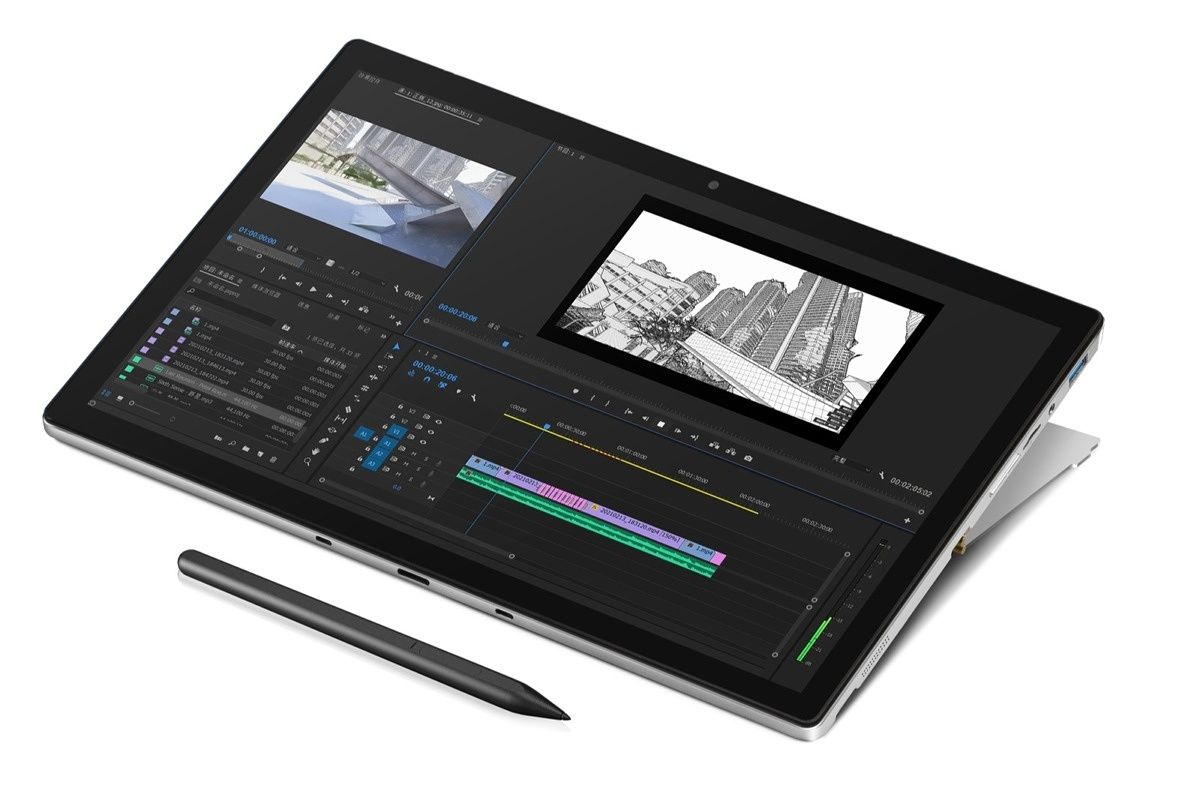
One-Netbook T1
The One-Netbook T1 is a 13-inch Windows 11 tablet with 12th-generation Intel P-series processors.
- One-Netbook T1: Pricing and availability
- One-Netbook T1: Specs
- Design: It looks good, but the build quality could be better
- Display and sound: It's sharp, but the speakers are terrible
- Keyboard and touchpad: Typing is fine, but the touchpad is atrocious
- Performance: It's fast, but at what cost?
- Should you buy the One-Netbook T1?
One-Netbook T1: Pricing and availability
- The One-Netbook T1 officially starts at $719 with an Intel Pentium 8505 and 8GB of RAM
- The Intel Core i5 model costs $1,119, and the Core i7 versions start at $1,399
As One-Netbook often does, the T1 tablet launched first on Indiegogo, and early adopters could get a discount during the first month of pre-orders. After the Indiegogo campaign ends, you can buy the laptop directly from One-Netbook's website.
The official price starts at $719, and it comes with a weaker Intel Pentium 8505 processor. There are also models with Intel P-series processors, which are significantly more powerful. The Core i5 model, which also includes 16GB of RAM and a 512GB SSD, costs $1,119. There's a Core i7 model with the 16GB of RAM and 1TB of storage for $1,399, or you can go up to a 2TB SSD for $1,499 in total.
One-Netbook T1: Specs
|
CPU |
Intel Core i5-1240P (12 cores (4P + 8E), 16 threads, up to 4.7GHz, 18MB cache) |
|---|---|
|
Graphics |
Intel Iris Xe Graphics (80 execution units) |
|
Display |
13-inch IPS, 2160 x 1440 , 200 DPI, 72% NTSC, up to 500 nits, 500:1 contrast ratio, touch |
|
Body |
306 x 217 x 9.8 mm (12.05 x 8.54 x 0.39 in), 975g (2.15lbs) |
|
Memory |
16GB LPDDR5 5200MHz |
|
Storage |
512GB NVMe PCIe SSD |
|
Battery |
46.2Wh battery |
|
Ports |
|
|
Audio |
Dual 1W speakers |
|
Connectivity |
Wi-Fi 6Bluetooth 5.0 |
|
Camera |
2MP/1080p Full HD webcam |
|
Color |
Silver |
|
Material |
Aluminum |
|
OS |
Windows 11 Home |
|
Price |
$1,199.99 |
Design: It looks good, but the build quality could be better
- The One-Netbook T1 is made from aluminum and weighs under 2.2lbs
- It has a wide range of ports for a tablet
The design is one of the areas where I have fewer complaints about the One-Netbook T1, but that doesn't mean it's fantastic, either. The whole chassis is made from aluminum, and it feels solid for the most. It comes in a silver colorway, which is fine if a bit generic. Most laptops are silver, even from more reputable brands, so this isn't a huge deal. It weighs less than 2.2lbs, which isn't that light for a tablet, but it's still portable enough.
The tablet has a built-in kickstand, which I always prefer, and it works well enough. It uses an exposed hinge design that actually adds a bit of character, and I like the way it looks. However, I do think the hinge should be tighter, and it can be a little too easy for the hinge to open further when I'm trying to press the power button at the top. I also noticed that if I opened the kickstand past a certain point while mounting my webcam on the tablet, it would open all the way by itself. One-Netbook tells me production units will have tighter tolerances and better build quality, so hopefully that's something that's addressed.
One advantage this tablet touts over others is the selection of ports, and indeed, there are a few here. On the left side, you'll find one USB Type-A port, mini-HDMI, and a USB Type-C port supporting power, data, and display output. The inclusion of mini-HDMI seems like an attempt at being more convenient than USB-C, but in reality, you're still going to need an adapter because most monitors don't include a mini-HDMI cable, and at that point, a USB-C to HDMI adapter will be useful on far more devices.
On the right side, there's another USB Type-A port, a microSD card reader, and a headphone jack. I have to give One-Netbook credit, the inclusion of USB Type-A can certainly be useful, and something most modern tablets don't have since they're so thin. Also on this side, there's a volume rocker, which feels very satisfying to click, though the buttons do jostle around in their place and can feel a bit cheap. On both sides, you'll also find the speaker grills, but we'll talk more about that later.
Along the top, there are numerous vents for fan exhaust, which are very needed considering this is a relatively small device packing P-series processors. The power button is also here, and just like the volume rocker, it's satisfying to press, though it does require a bit of force.
Finally, on the bottom, there's the physical connector for the keyboard cover, which I appreciate. It would have been easy to use a Bluetooth keyboard, but that would be far less convenient, in my opinion, so I'm glad it uses a physical connection.
All in all, the design is alright, but it's certainly not special, and it's actually pretty big for a 13-inch tablet. That's also thanks to the huge bezels around the display, which make this tablet look positively out-of-date.
Display and sound: It's sharp, but the speakers are terrible
- The 13-inch display comes in a 3:2 aspect ratio and sharp 2160 x 1440 resolution
- However, the speakers are incredibly quiet and thin, even at max volume
Speaking of the display, the One-Netbook T1 comes with a 13-inch display and it has a 3:2 aspect ratio, which is fairly common for Windows tablets, including Microsoft's Surface family. As we've mentioned, it's surrounded by large bezels, but the screen itself is plenty sharp with the 2160 x 1440 resolution, which is basically like taking a Quad HD 16:9 display and cropping it to have a 3:2 aspect ratio.
One-Netbook says the contrast ratio is 500:1, and that's very low. It's fairly noticeable, too, as the black levels aren't all that dark. And when you switch from a mostly dark image to a mostly white one, the screen needs to adjust every time, as it just looks too dark. The display also covers 72% of the NTSC color space, which isn't all that impressive. While I can't measure those claims myself, the colors did look fine for the most part with this display.
...this is one of the worst webcams I've used.
One subtle thing I've noticed with this display is that the display cover doesn't look clean. It's hard to explain, and it can be hard to see, but when you look closely, it looks like there's some noise on the image because of the display cover. The screen also seems to hold on to dirt and natural skin moisture very easily, and it doesn't feel great to the touch, either.
Now, tablets tend to have better cameras than laptops - just looking at the Surface lineup, you can see how the Surface Pro family had a 5MP webcam for years, and even today, none of the clamshell-style Surface devices have reached that level. I was expecting that logic to apply with the One-Netbook T1, but instead, this is one of the worst webcams I've ever used. The full resolution is actually close to 2MP (photos go up to 1600 x 1200), but the quality itself is so bad it's almost funny. Just take a look at this:
To be clear, the Asus ROG Flow X13 doesn't have a great webcam either, but it looks fantastic next to the T1. And that's even more egregious when you consider the webcam doesn't even sit flush under the display cover, and it actually protrudes slightly from it. The ROG laptop has a lower resolution and the camera itself is much smaller, yet it still comes out ahead. On top of that, there's no rear camera here, though I'd say that's probably fine for a lot of people.
And equally disappointing is the sound. That's another area where tablets are often better than laptops, since they're more geared towards media consumption. But just like the webcam, these speakers are terrible. They're incredibly quiet and thin. Almost every time I watch a video or movie on this tablet, I have to check to make sure I've maxed out the volume, and most of the time, I have - it's just still quiet. I get far better audio from my phone, or any of the laptops I've tried.
Ultimately, this tablet fails at the things you expect a tablet to succeed in the most, and that makes it very hard to recommend. But let's move on for now.
Keyboard and touchpad: Typing is fine, but the touchpad is atrocious
- The One-Netbook T1 comes with a keyboard cover similar to the Surface Pro family
- The touchpad is almost impossible to use
Being a tablet meant to compete with the Surface Pro 8, the One-Netbook T1 also comes with a detachable cover, which includes the keyboard and touchpad. Unlike Microsoft's tablet, this one is actually included in the box, which is a plus. It attaches magnetically and uses contact pins to connect to the tablet, plus it even has extra magnets that allow you to raise the keyboard slightly by snapping it under the screen, just like the Surface family.
In terms of build quality, the keyboard cover feels somewhat flimsy in some ways. All the flexible parts of the keyboard feel a little too flexible, which makes it feel cheap. Also, the magnet that helps raise the keyboard up isn't all that strong, so you can sometimes feel it pull away from the screen if you apply pressure near the top. While typing, that's not too noticeable, though, so it doesn't affect usability, it just doesn't feel that great.
But like I said, typing does work fine, and after getting used to the keyboard, I didn't have a ton of issues using it. The keys travel enough considering the available space, and I didn't run into major problems per se. However, there's no backlight on the keyboard, so using this in the dark probably won't be the best experience.
What's really bad here, though, is the touchpad. For starters, it's pretty small, but worse than that, it has a pretty bad grainy texture, unlike the smooth touchpads you'd find basically anywhere else. But the biggest problem of all is that it simply can't handle using two fingers at once. If you want to drag something by clicking the touchpad with one finger and dragging with the other, you just can't. One-Netbook says you're supposed to do it with just one finger, but this is simply awful.
Also, there's basically no form of palm rejection on this touchpad. For how small it is, it's kind of incredible how often I moved my cursor to a different place while typing, resulting in a lot of lost time. Generally, I try to use laptops without my own accessories when I review them, but I simply couldn't live with this touchpad, and I had to use my own mouse.
Performance: It's fast, but at what cost?
Getting past the numerous hardware flaws of the One-Netbook T1, we come to the big selling point of the tablet, and that's performance. One-Netbook claims this is the world's most powerful tablet, and if you look at the Core i7 model, that's probably true. No other tablet is using Intel's 28W P-series processors, and that certainly gives the One-Netbook T1 an advantage here. The Surface Pro 8 is still using 11th-generation 15W processors, and other upcoming tablets like the Dell XPS 13 2-in-1 go further down to 9W processors.
Battery life is terrible
Naturally, that results in a performance advantage for the One-Netbook T1. I got the model with an Intel Core i5-1240P, along with 16GB of RAM and a 512GB SSD, and it performs really well for the most part. Looking at benchmarks, though, it's not that much faster than a last-gen 15W Core i7, and in some cases, it's slower. That's because P-series processors use more power and generate more heat, so they start to throttle after a while, especially when you try to put them in a thin chassis like this. That's especially noticeable with more intensive benchmarks like 3DMark and Cinebench.
|
|
One-Netbook T1Intel Core i5-1240P |
Surface Pro 8Intel Core i7-1185G7 |
Lenovo ThinkPad X1 Yoga Gen 7Intel Core i7-1260P |
|---|---|---|---|
|
PCMark 10 |
4,735 |
4,988 |
5,168 |
|
3DMark: Time Spy |
1,175 |
1,852 |
1,458 |
|
Cinebench |
1,421 / 4,617 |
1,438 / 5,423 |
1,375 / 6,831 |
|
Geekbench |
1,552 / 6,164 |
1,431 / 5,505 |
1,419 / 6,915 |
But the worst part about having a 28W processor in a tablet is battery life. As we've mentioned, these processors use a lot more power than typical 15W processors, and with the One-Netbook T1, it truly shows. Battery life is terrible, and in my testing, it lasted me 3 hours and 53 minutes at the very most, and 2 hours and 42 minutes at the lowest. It lasted at least 3 hours most of the time, but that's still terrible. I've been able to drain the battery from 100% until the tablet turned off twice in a single day.
The laptop also comes with a 65W charger in the box, and when you're using the tablet at the same time, it will be very slow to charge. The worst part is the charging port can't actually take more than 65W of power. Using a USB-C dock, I could see that the laptop never drew more than 60W, even if I used a 100W charger. I don't get this limitation, especially on a power-hungry device like this.
Should you buy the One-Netbook T1?
At the end of the day, the One-Netbook T1 doesn't succeed at any of the things you'd expect a tablet to succeed at, and its biggest selling point - performance - isn't all that significant thanks to thermal throttling. Sure, it's cheaper than competing devices, but you'll still be spending a big chunk of money, and getting a bad experience in return.
You should buy the One-Netbook T1 if:
- You want a tablet with Intel P-series processors for a lower price than most, and that's all that matters to you
You shouldn't buy the One-Netbook T1 if:
- Audio or webcam quality matters at all to you
- You want something that lasts more than a few hours on a charge
- Having a decent touchpad is important
- You appreciate a premium-feeling device
Ultimately, we can't really recommend this to anyone, unless you're absolutely determined to get a tablet with Intel P-series processors for some reason. There's not really any redeeming quality to it. You're better off checking out the best sub-$1000 laptops you can buy today if you want a reasonably-priced PC, or the best Windows tablets if you're really interested in this form factor.

